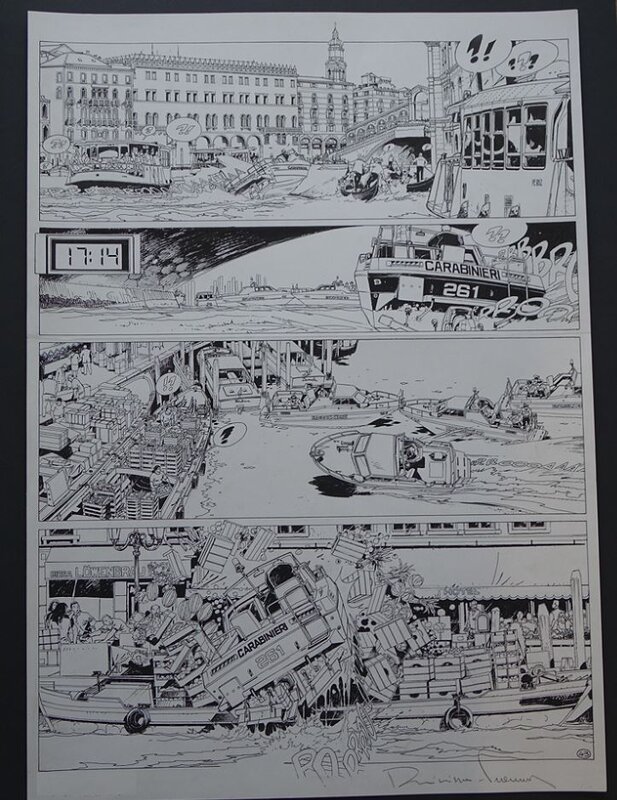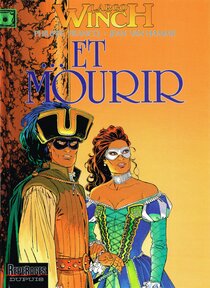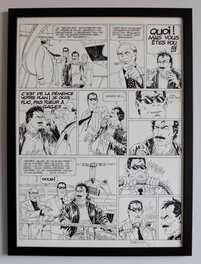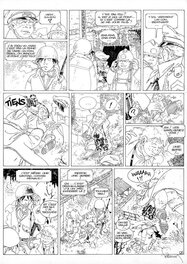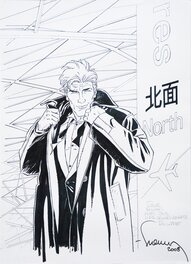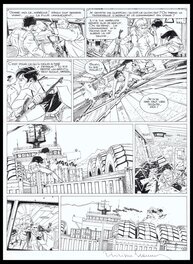In Saskia44 's collection
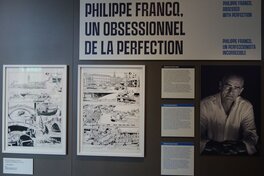
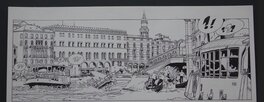


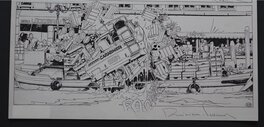
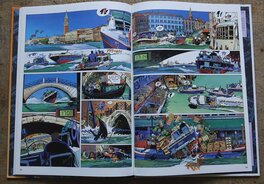
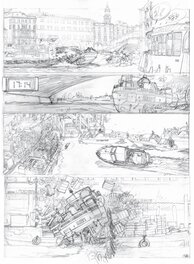
Description
Planche Originale 43 – Largo Winch – Et Mourir T10
Inscriptions
Signée
Comment
Cette planche intervient en fin de cycle et marque la scène finale. En quatre strips, avec son sens du découpage, Francq crée une planche extrêmement dynamique et d’une finesse incroyable !
Il s’agit pour moi d’un des passages les plus marquants de la série.
J’ai toujours rêvé d’une planche de Largo, je suis plus que comblé. Mille mercis à celui qui a rendu cela possible 😉
Il s’agit pour moi d’un des passages les plus marquants de la série.
J’ai toujours rêvé d’une planche de Largo, je suis plus que comblé. Mille mercis à celui qui a rendu cela possible 😉
Thematics
24 comments
To leave a comment on that piece, please log in
About Philippe Francq
Philippe Francq, born in Etterbeek, Belgium, is a Belgian comic book artist best known for the Largo Winch series.
Philippe Francq studied at the Institut Saint-Luc in Brussels from 1978. He graduated in 1984, after having taken comics courses from Claude Renard for three years. He was an artist for the Belgian Olympic Comity for while, where he designed the mascot.
He then worked as a background artist for Bob de Moor at the Hergé Studios. He teamed up with Bob de Groot in 1987, and created a series of short stories, that were collected two books, 'Des Villes et des Femmes' (Dargaud). In addition, he illustrated two stories with 'Léo Tomasini' with text by Francis Delvaux in 1988-89.
It was in 1988, when Francq met writer Jean Van Hamme. Van Hamme proposed him to do a comics series, based on a series of novels he had written. The first book of the 'Largo Winch' series appeared in 1990 at the publishing house Dupuis. This thriller about a young vagabond at the top of a multinational corporation, was a big hit right from the start. Upon the success of the comic series, the original novels were reprinted and a television adaptation with real-life actors was created, as well as a feature film in 2008.
Text (c) Lambiek

